
The family Stromateidae or butterfish contains 15 species of ray-finned fish in three genera. Butterfishes live in coastal waters off the Americas, western Africa and in the Indo-Pacific.

Psenes is a genus of driftfishes native to the Indian, Atlantic and Pacific oceans.

Liopsetta is a genus of righteye flounders native to the northern oceans.
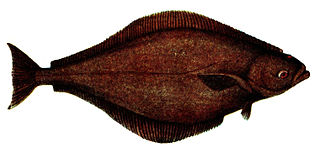
Hippoglossus is a genus of very large righteye flounders. It comprises two species of halibut, with one species native to the northern Atlantic Ocean and the other species native to the northern Pacific Ocean.

Eopsetta is a genus of righteye flounders native to the northern Pacific Ocean.
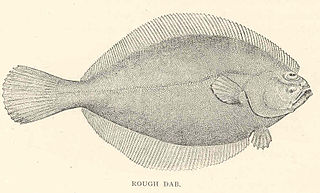
Hippoglossoides is a genus of righteye flounders native to the North Pacific and North Atlantic oceans.

Grammatorcynus is a genus of ray-finned bony fish in the family Scombridae. This genus together with Acanthocybium and Scomberomorus are comprised by the tribe Scomberomorini, commonly known as the Spanish mackerels or seerfishes.

Sarda is a genus of medium-sized, predatory ray-finned fish in the family Scombridae, and belonging to the tribe Sardini, more commonly called the bonito tribe. There are four species which comprise the genus Sarda. One of those species, the Pacific bonito, is further divided into two subspecies.

Rastrelliger is a mackerel genus in the family Scombridae. The three species of Rastrelliger together with the four species of Scomber comprise the tribe Scombrini, known as the "true mackerels".
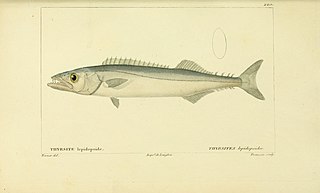
Thyrsitops lepidopoides, the white snake mackerel, is a species of snake mackerel found off the coasts of South America from Brazil on the Atlantic side to Chile on the Pacific side. It can be found at depths of from 30 to 350 metres. This species can reach a length of 40 centimetres (16 in) SL though most do not exceed 25 centimetres (9.8 in) SL. It is of minor importance to local commercial fisheries. It is currently the only known member of its genus.

Achirus is a genus of American soles native to tropical and subtropical parts of the Americas. They are mainly found in coastal areas, including salt and brackish water, but some species are found in fresh water.

Apionichthys is a genus of mostly freshwater American soles native to South America.
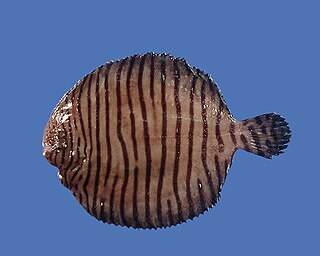
Gymnachirus is a genus of American soles native to the Atlantic coast of the Americas.

Hypoclinemus mentalis is a species of freshwater American sole native to the Amazon, Orinoco and Essequibo river basins in tropical South America. This species grows to a length of 21 cm (8.3 in). It is the only known species of its genus.
Pnictes asphyxiatus is a species of freshwater American sole known only from the Amazon Basin in Brazil. This species grows to a standard length of 9.6 cm (3.8 in). It is so far known from only one specimen. This species is the only known member of its genus, Pnictes.
Engyophrys is a genus of small lefteye flounders native to the oceans around the Americas.
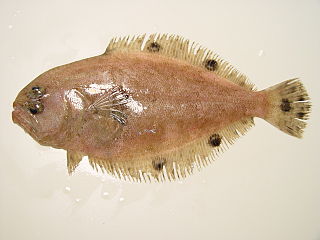
Cyclopsetta is a genus of large-tooth flounders native to the coastal waters of the Americas.

Syacium is a genus of large-tooth flounders found in the Atlantic and Pacific Oceans. With the exception of S. guineensis from the Atlantic coast of Africa, all species are from the Americas. The largest species in the genus reaches 40 cm (16 in) in length.
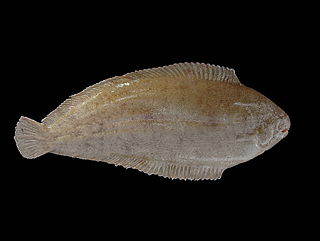
Solea is a genus of soles from the Indo-Pacific and East Atlantic Oceans, and the Mediterranean Sea.
Catathyridium grandirivi is a species of sole in the family Achiridae. It was described by Paul Chabanaud at 1928, originally under the genus Baeostoma. It is known from Brazil. It reaches a maximum standard length of 11.5 cm (4.5 in).

















